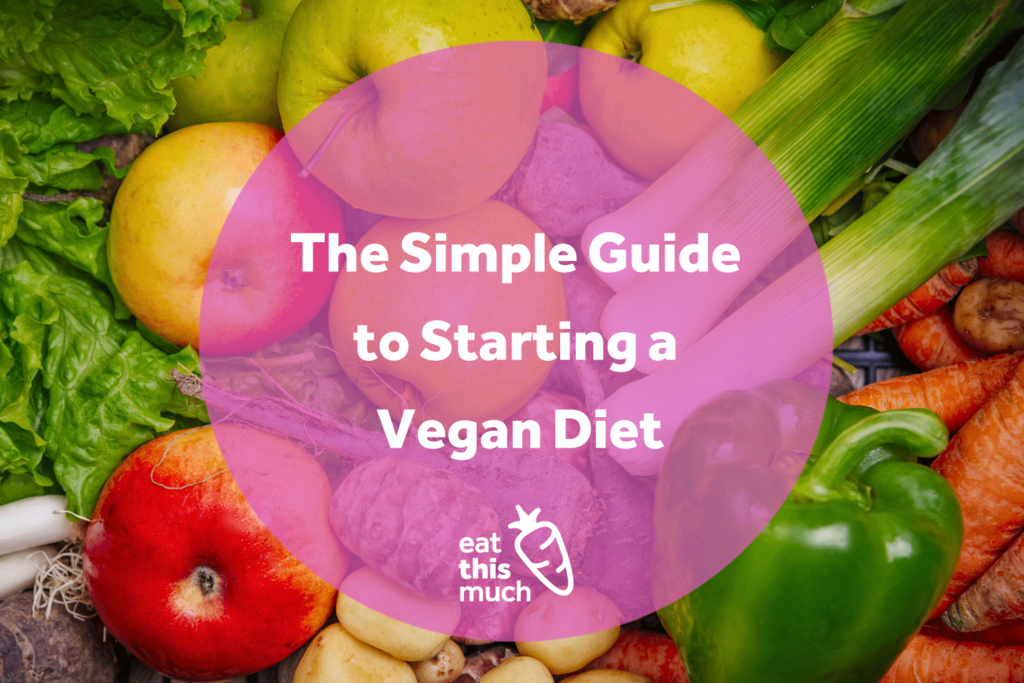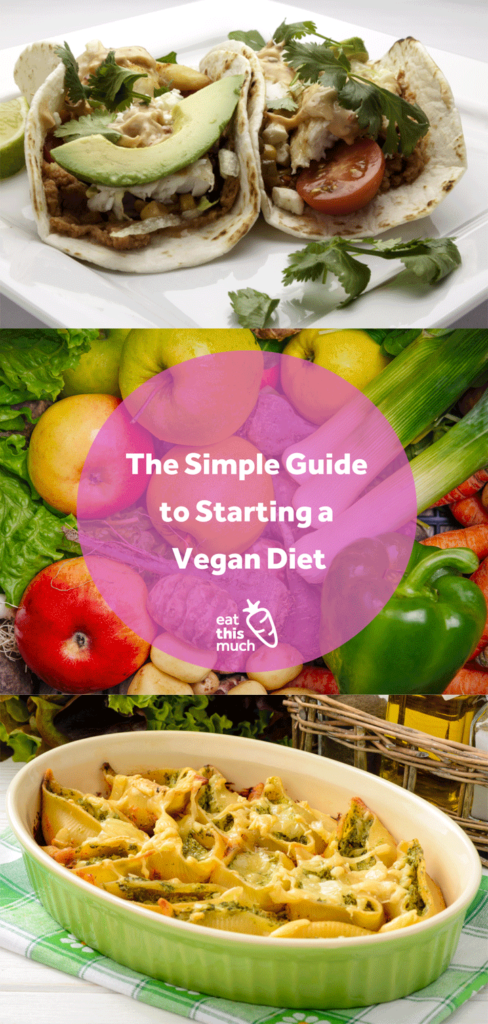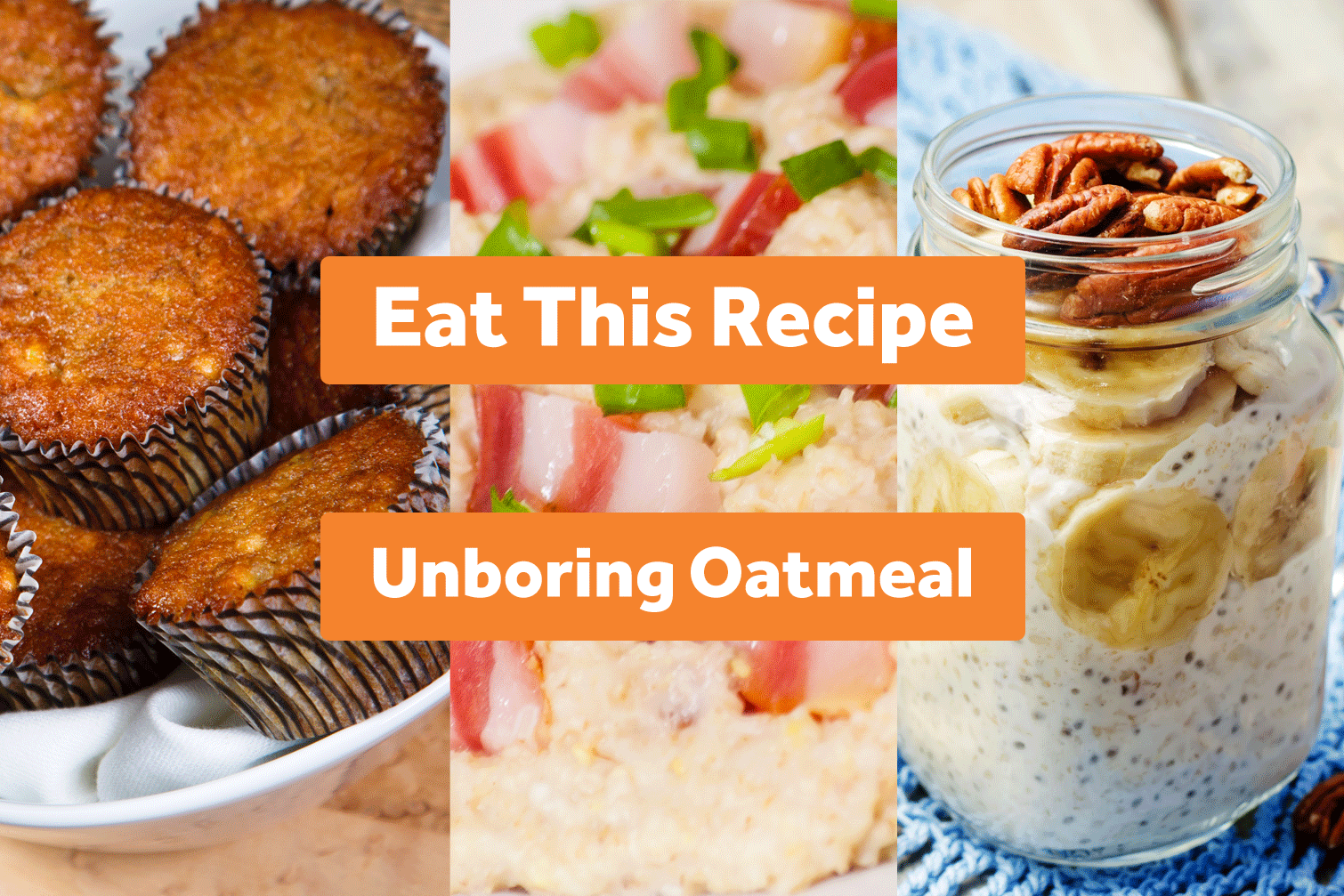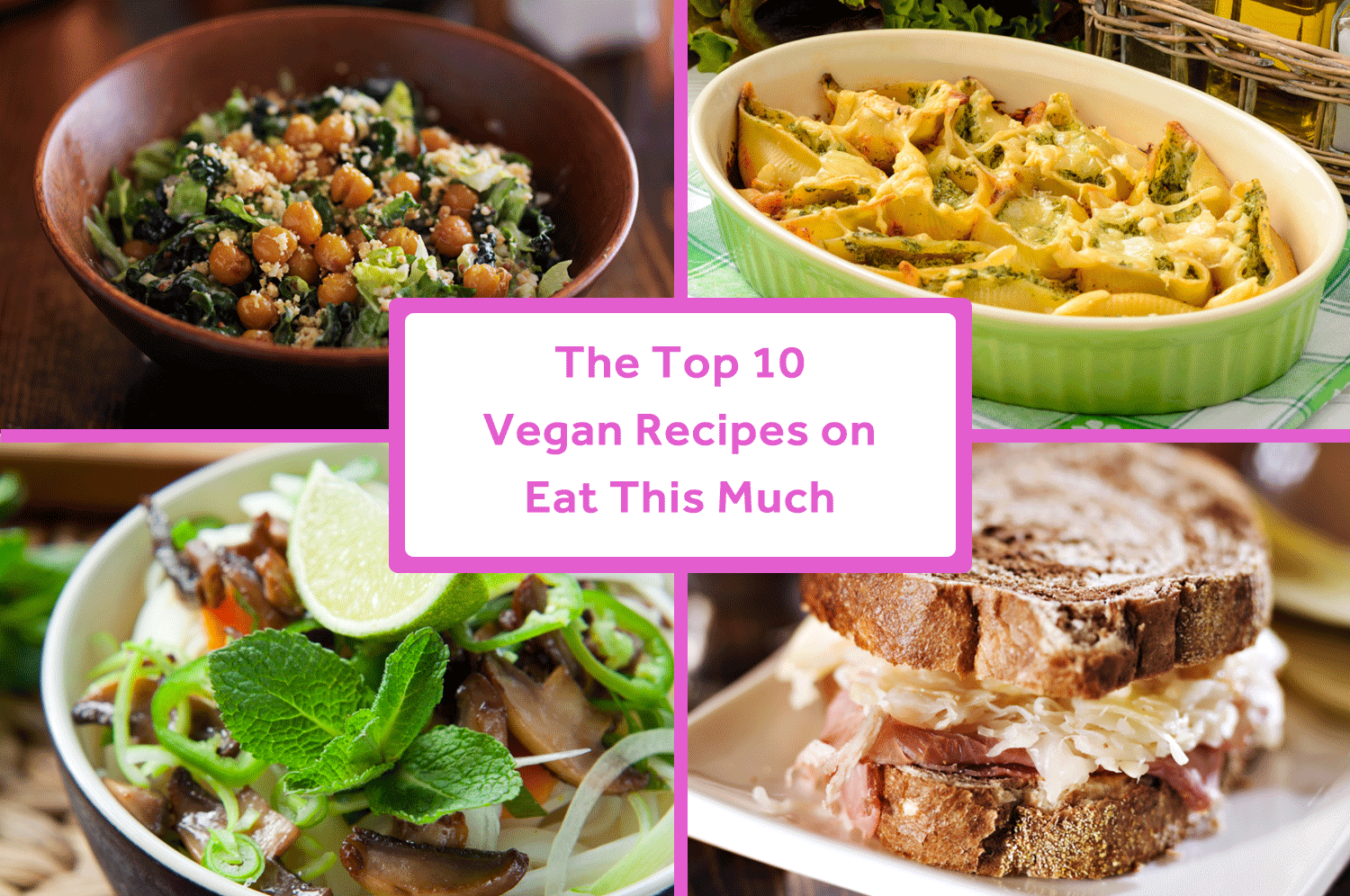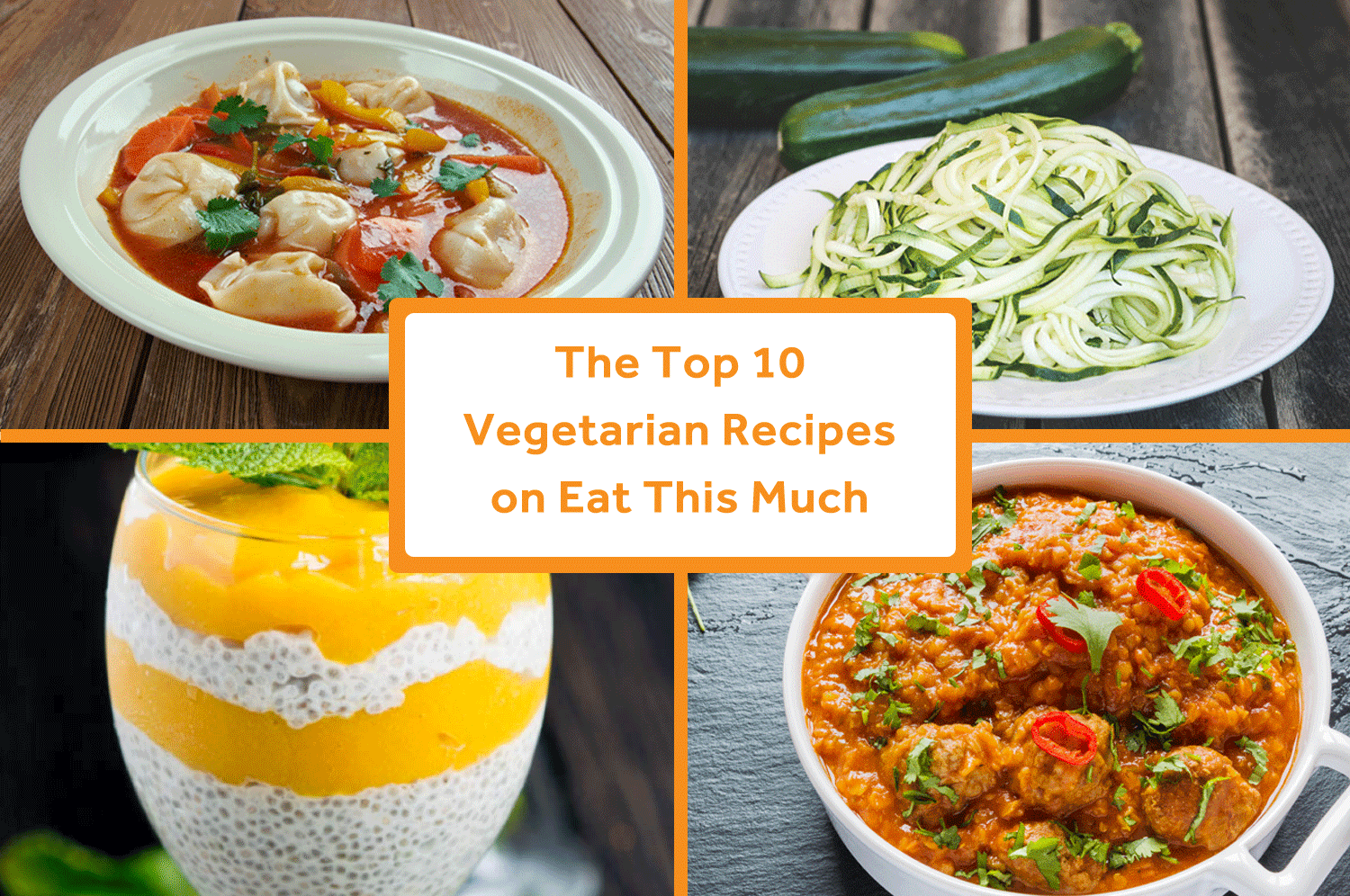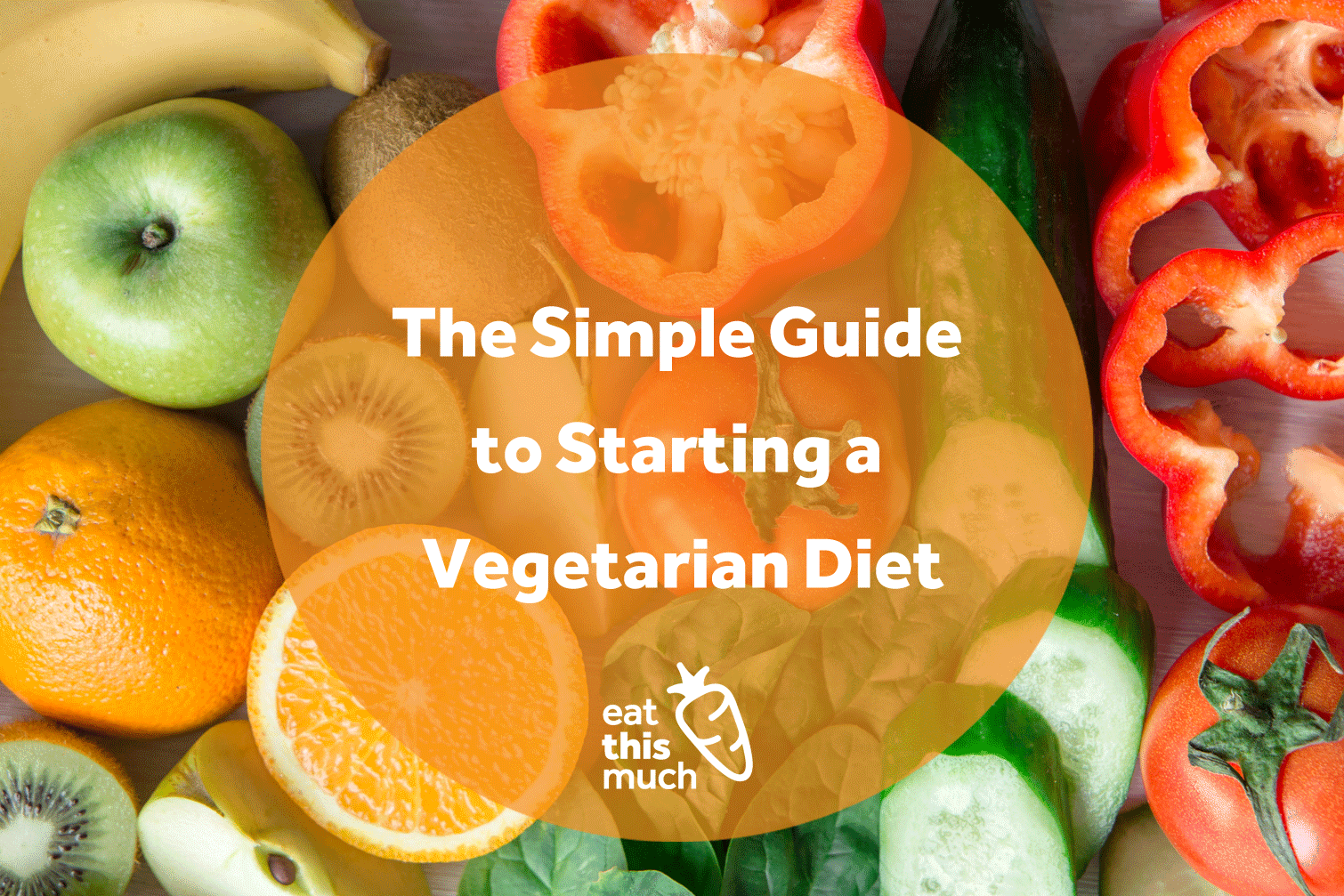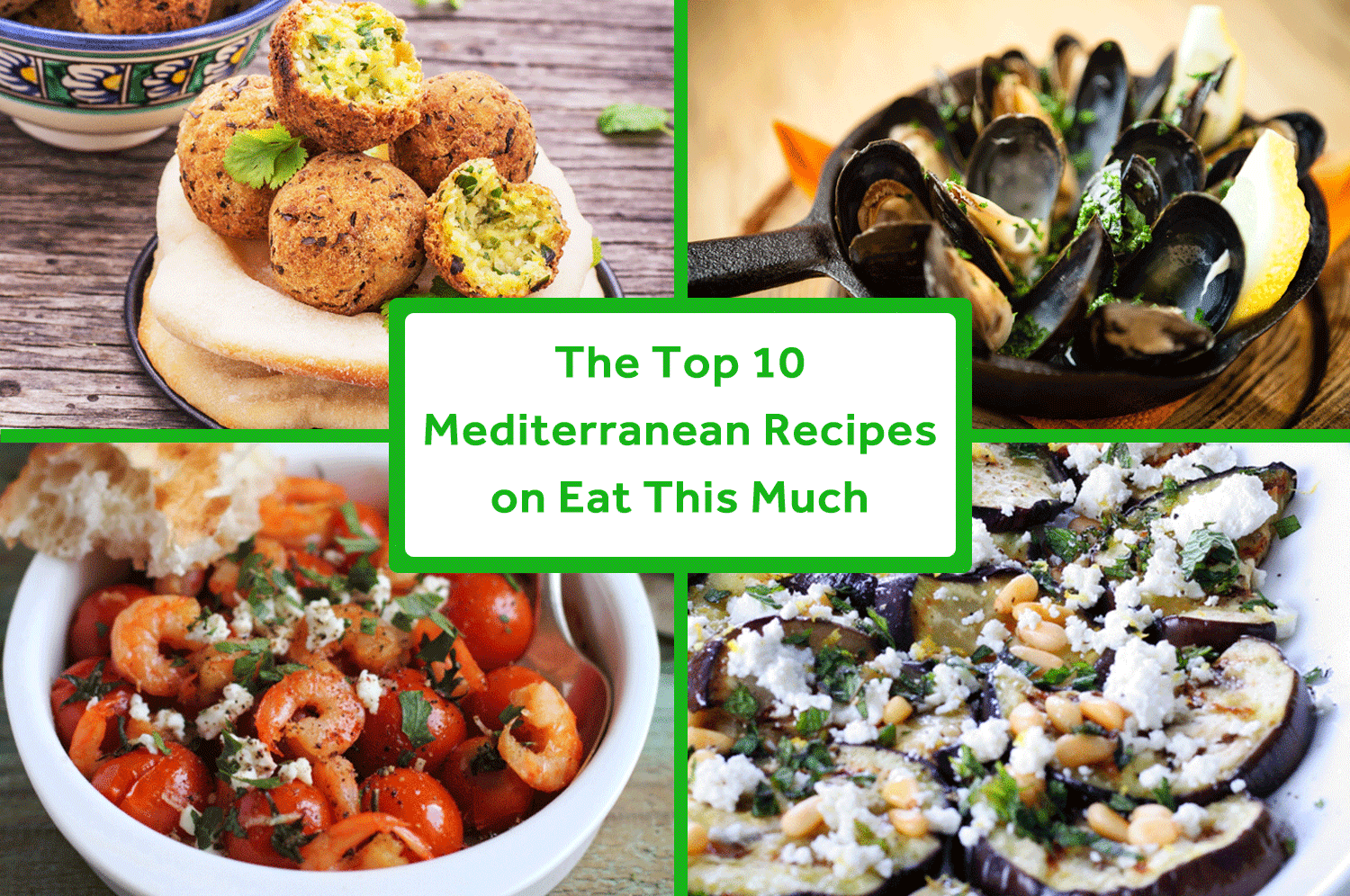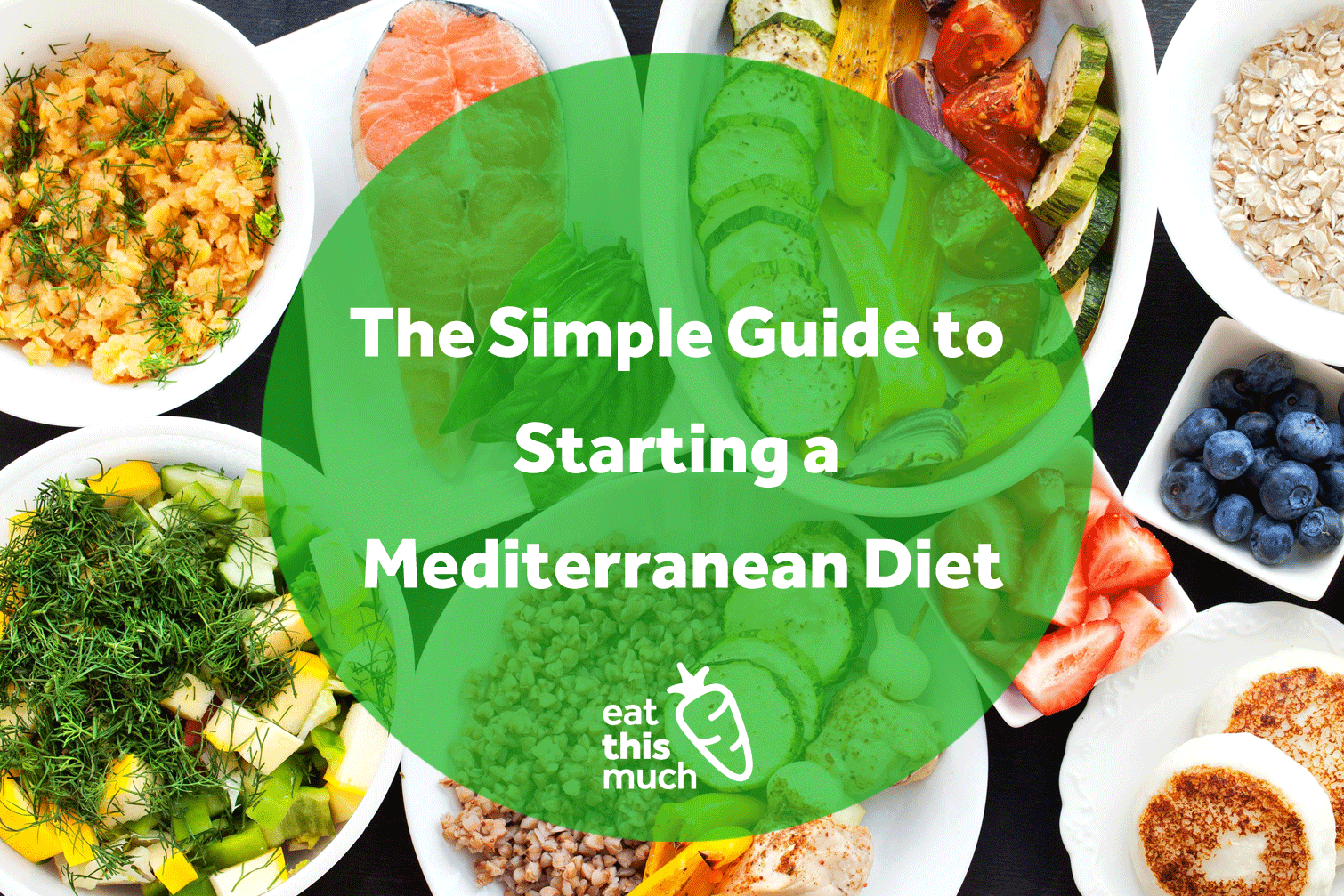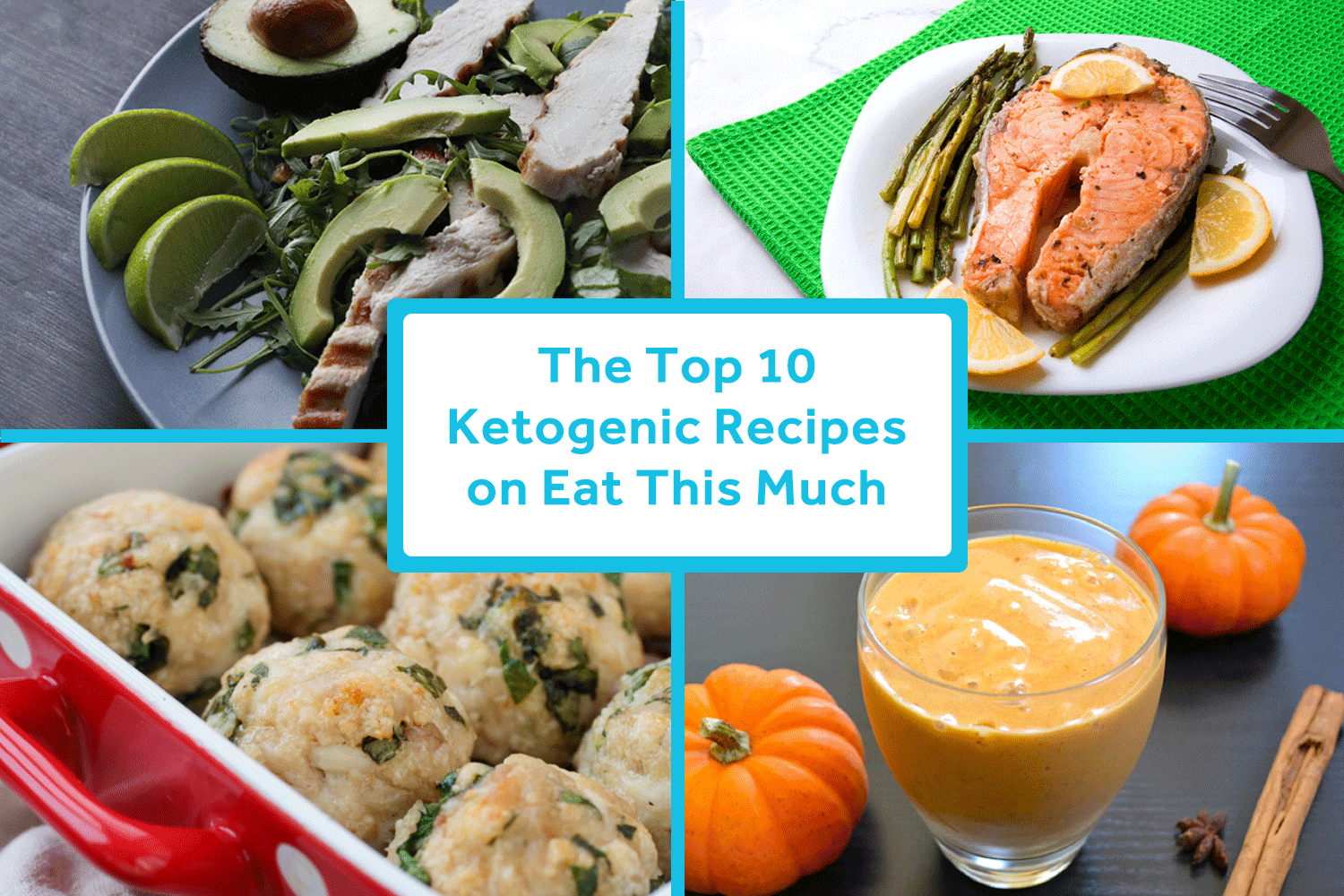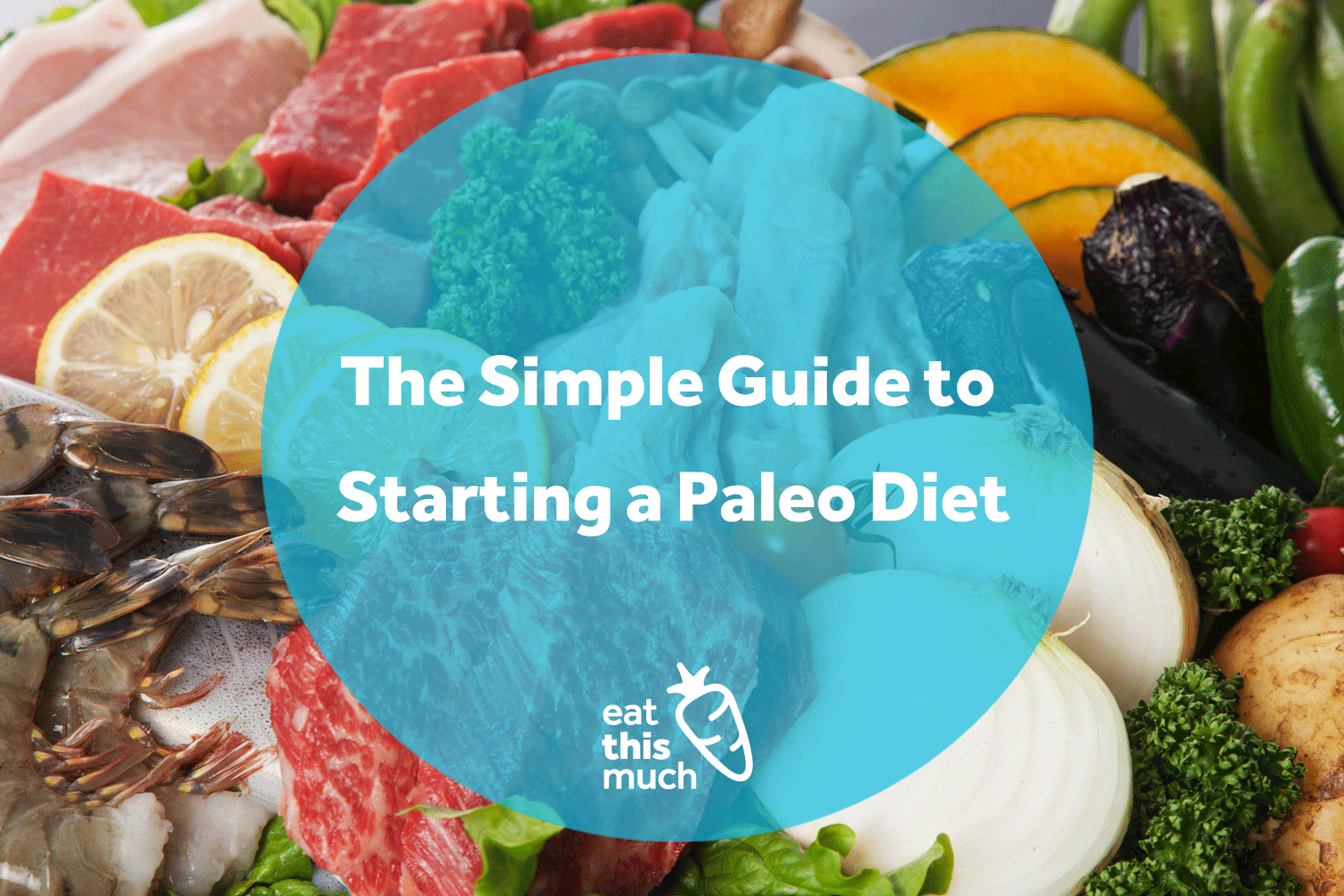In your quest to achieve better health, you may wonder if the vegan diet plan is right for you. How does one start a vegan meal plan and what benefits does it offer? How difficult or easy is it to give up all animal products? The choice to go vegan requires a good bit of consideration because some may find it harder to maintain a balance of certain micro and macro nutrients without the presence of animal products in their diet.
Our job here at Eat This Much is to help you find the balance that serves your diet goals while also honoring your healthy nutritional needs. So let’s dive in to this simple guide about starting a vegan diet. Please talk to your doctor or health professional before making any major changes to your diet plan.
The History Of The Vegan Diet Plan
Some people believe that veganism is a relatively new dieting concept, but this isn’t exactly the case. As we mentioned in our Simple Guide to Starting a Vegetarian Diet, early reports of veganism date back to 500 BCE when Greek philosopher Pythagoras choose to avoid all animal species in his diet. Later on in 1944, the Vegan Society was established in the UK by a group of six non-dairy vegetarians who settled on the name vegans to describe and, properly title, their way of eating. These days you’ll find millions of vegans in the U.S. alone, with public endorsements of the diet coming from celebrities like Beyoncé and Jay-Z.
What You’ll Eat On The Vegan Diet
When planning your vegan recipes, you’ll be refraining from consuming any foods that have animal origins. This means not only eliminating meat, eggs, dairy, and fish, but also avoiding foods like honey in which animals were used to create the food product.
The vegan diet is the most strict of all vegetarian diet plans out there and is one that’s often used by those who have a good grasp on the basic vegetarian diet plan first.
Common foods included in the vegan diet plan include whole grains, sweet potatoes and yams, beans, lentils, chickpeas, nuts and seeds, tofu and tempeh (and related food products), healthy oils, fresh fruits, and vegetables. Almond milks, soy milk, and coconut milk can all be included in replacement for traditional cow’s milk if desired. Likewise, soy cheese and yogurt are also often used in replacement for regular dairy products, which are also not permitted on the vegan diet plan.
Who Is This Diet Best Suited For
This diet is well suited for those who have been following a vegetarian diet plan, either eating eggs, fish, or dairy and who are looking to take things up a step.
It’s also well-suited for those who have very strong personal beliefs of not eating any foods created with the harm or mistreatment of animals as well as those who may have been instructed to eliminate all animal based products for health related reasons.
Pros:
• Can help with lowering blood cholesterol levels
• May help decrease blood pressure levels
• Can help with sustaining a desirable body weight
• Improves dietary fiber intake
• May help increase longevity
Cons:
• Can be harder to plan due to the heavy food restrictions
• May limit your ability to eat in many restaurants unless strict vegan meals are being served
• Can be hard to find good vegan protein sources available that are quick and convenient
• Nutritional deficiencies including vitamin B12, calcium, iron, vitamin D, zinc, and riboflavin may start to occur if careful supplementation is not utilized
• Fatigue and weakness may result if protein intake is not adequate
• Planning your meals can be time intensive and take more work
• Some people may suffer from food cravings due to the strict nature of the plan
• Athletes may find their energy levels start to decline if not enough care is taken to achieve proper balance of the nutrients
Common Misconceptions And Mistakes
One of the biggest misconceptions about the vegan diet plan is that all you’re eating is fruit and vegetables. This, however, isn’t the case. It’s important to remember that this should still be a very balanced diet, consisting of proteins, carbohydrates, and healthy fats.
Complex carbohydrates should be eaten early on in the day as well as around periods of exercise and always paired with a healthy fat source and preferably a source of protein as well. Many vegan sources of protein (beans, legumes, lentils, nuts, and seeds) contain both a protein as well as a carbohydrate or healthy fat, so it’s easy to get both in at once.
The second big misconception about vegan diets is that they are going to leave you weak and malnourished. Note that this can happen if you aren’t careful. But, a well-balanced and planned out vegan diet does not have to lead to this. You can get all the nutrients you need through a vegan diet as long as you eat a wide variety of foods and possibly choose a few key supplements. This will help you make up for nutritional deficiencies and keep your energy level high at all times.
Much like the vegetarian diet, many who follow it find it’s best to start gradually by devoting one day or even one meal a week to a completely vegan menu when starting out. Even once you find yourself comfortable with an all vegan diet, eating dairy or animal products on occasion isn’t the end of the world, so don’t be hard on yourself if you stray a little. After all, these diet plans are about exploration and discovering what meals work best for you and help you reach your diet goals.
Getting Started Today
If you are someone who has decided you want to get started on the vegan diet, the first step is to familiarize yourself with the vegan sources of protein that you can include. Know these in and out so that it becomes easy to meet your protein needs without a problem.
Once you’ve got that down, be sure to take the time to plan out your meals for each day. This will help you ensure you get the nutrients you need. With a vegan diet, you don’t want to just ‘wing it’ and plan meals on the go. Do that and there’s a good chance you’ll have an imbalanced diet. Have some easy-to-make snacks and meals that you can turn to when life gets busy. This will really help save the day.
There’s plenty of reasons to try a vegan diet, but if you need a little more support, we got your back! Try Eat This Much Premium for free and choose Vegan as your primary diet. We’ll help keep your macros balanced and take care of your brand new shopping list for you week after week. Good luck!

